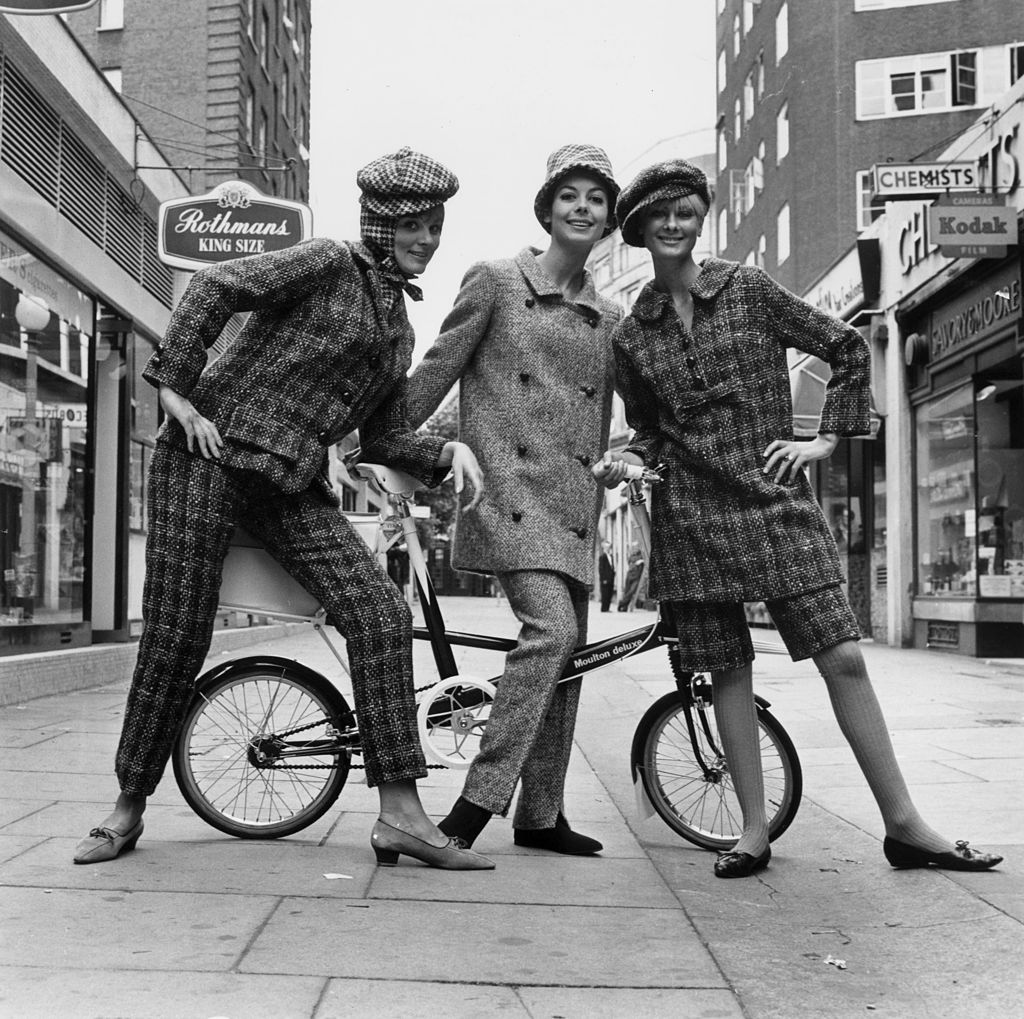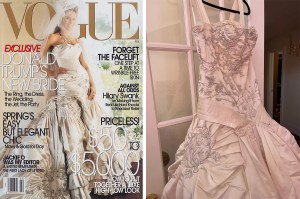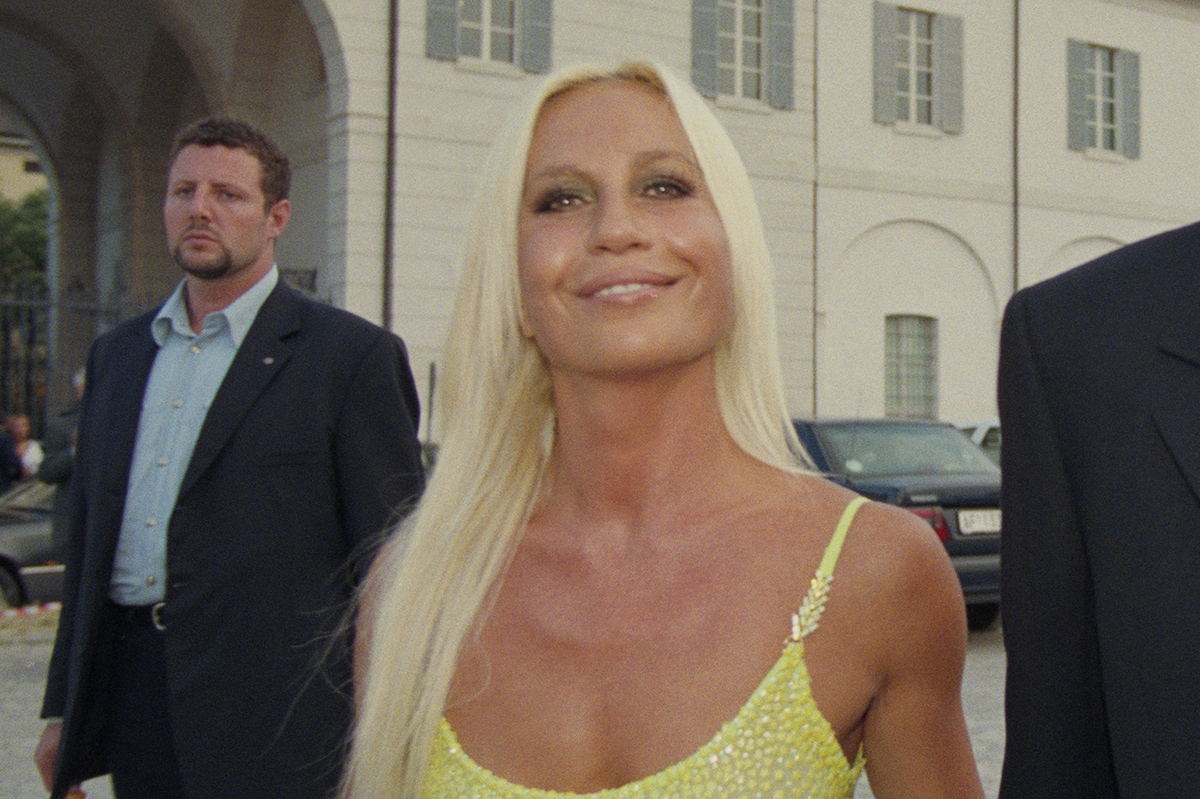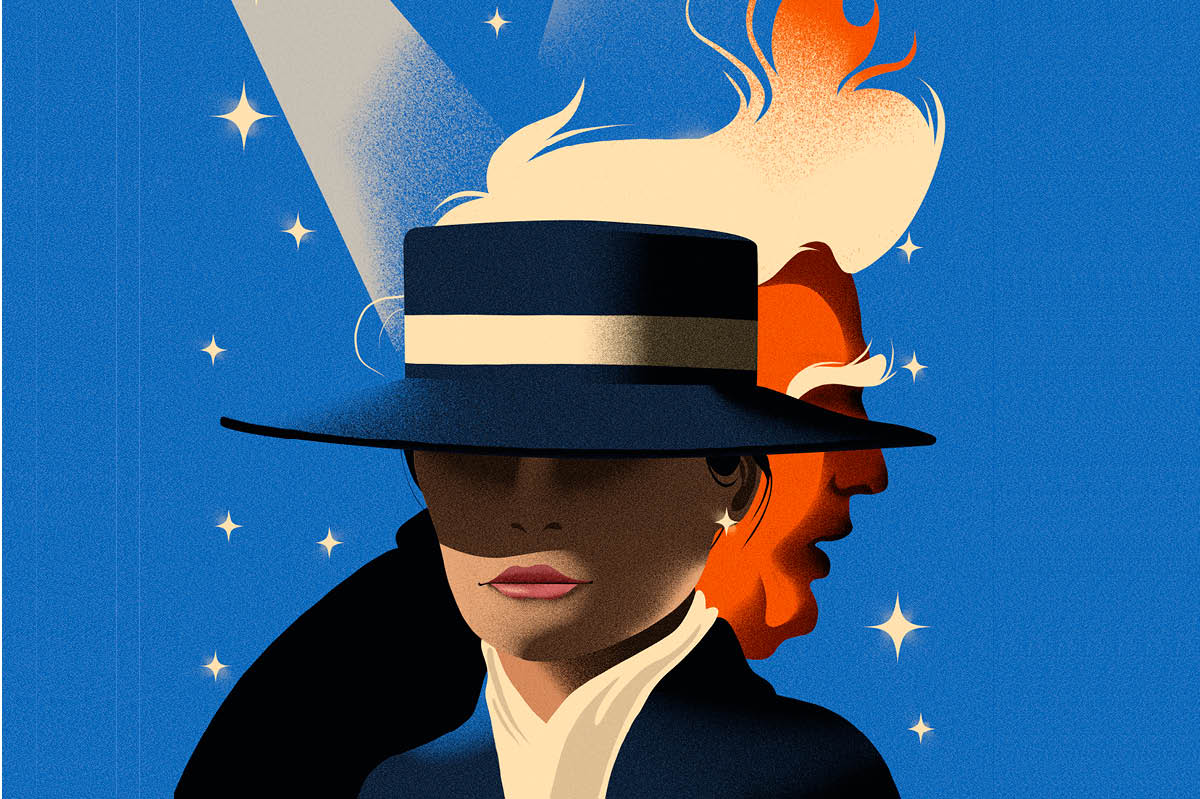Rushing through Dulles Airport after a trip abroad this winter, I noticed a policeman following quickly but discreetly behind me. Not having smuggled any sausages or cigarettes on that particular flight, I was of clear conscience, and nodded hello at him when he caught up. All he said was: “Love the jacket.”
It was a heavy, scruffy, brown herringbone tweed. People like tweeds. When I wore one, my parents’ friends used to tell me what a nice-looking young man I was. At college, women I didn’t know would occasionally run a fingertip down the sleeve and say, “Mmm.” Never found out what that meant. Too late now. The cop’s compliment was a bit different. There was pity in it. “My wife’s grandfather had one,” he said. “That’s old-school.”
I suppose he was right. Dressing that way was once part of a larger idea of simplicity and dignity. Sigmund Freud had three suits. Two he’d wear on alternate days for work, the third he’d wear on his Sunday hikes. The PBS pundit Mark Shields seems to wear a blue blazer, an Oxford button-down and a regimental tie to everything. He probably wore something similar to his first communion. A blue blazer looks great at a board meeting, a bingo parlor or an arraignment — pretty much anything that doesn’t involve industrial machinery you could catch your tie in.
A tweed, like a blue blazer or a business suit, can be an elegant article of clothing and is usually expensive. But you wear it to blend in, not to stand out. A tweed confers, and expresses, the manly freedom of paying no mind to one’s appearance. It is a freedom suited to the citizens of a world-bestriding nation, who will naturally have more important things on their mind than picking out their outfits. Unfortunately, once that idea of freedom is no longer taken for granted, then a tweed jacket looks like any other item of minority foppery, like a cappa magna or a shtreimel or a pair of clogs.
To someone who learned to dress a generation ago, everyone today seems to carry himself like the hungover undercover policeman dripping mustard onto his track suit as he climbs into the passenger seat of the squad car in one of those gritty cop movies made during the Nixon administration — The French Connection, say. Tweed? Young people don’t seem even to have a handle on what it is. They know it’s a fancy fabric of some kind. But they can’t see it in their mind’s eye, just as most readers of twentieth-century novels will have no idea what an author is trying to convey by mentioning that one character’s suit is serge and another’s is gabardine.
The old style of gentlemanly dress was rooted in the region north of the Potomac and east of the Mississippi, the part of the country marked by abolitionism, Currier & Ives, The Farmer’s Almanac, Robert Frost, major league baseball franchises, the major liberal arts colleges, mass immigration from continental Europe and the novels of Sir Walter Scott. This last may have been decisive, for the style was a British one. Maybe it reassured Americans that breaking their ties to European politics (a liberation) would not mean breaking their ties to European culture (a dispossession). It had an extraordinary run. Flouncy neckwear aside, William Wordsworth and Henry Clay and Honoré de Balzac, all of them born in the eighteenth century and dead by the middle of the nineteenth, dressed pretty much the way every American businessmen would until sometime in the Obama administration.
Tweed was functional — it kept you warm and could stand up to the roughest weather. When the skeleton of the explorer George Mallory was discovered on the slopes of Mount Everest in 1999, seventy-five years after he died attempting his bold ascent, his Harris tweed was still in good enough shape to go to dinner in.
Over the past two generations Americans have been on the move. Fashions are now set in parts of their country where the only functional item of British clothing would be the pith helmets of Stanley and Livingstone. But tweed has been losing ground elsewhere, too. The New England hippies who popularized mountaineering in the 1970s wore denim and flannel. But today’s nature lovers prefer unnatural fibers: polypropylene shirts (for wicking sweat) and polar fleece (for lightweight insulation), and it has become an outdoorsman’s watchword that “cotton kills.”
Progress kills, too. It kills tradition in a funny way. The same technological forces that render a custom obsolete can, for a time, make the old custom easier to pursue and to advertise. The top-selling year for tweed was 1966, a year before Dustin Hoffman would wear his blazer all over Los Angeles in The Graduate. Never do folkways seem more capable of “standing the test of time” than they do on the eve of their demise.
It is still hard for me to imagine that my tweed jacket is the equivalent of a toga or a doublet, and that I’ll be among the last to wear one. Yes, our society is no longer what it was when it needed the tweed enough to invent it. But it is no longer the society that invented sonnets or Bordeaux, either. There is probably room enough for tweed jackets on the list of things that people no longer need but choose not to do without.
This article was originally published in The Spectator’s February 2022 World edition.

























